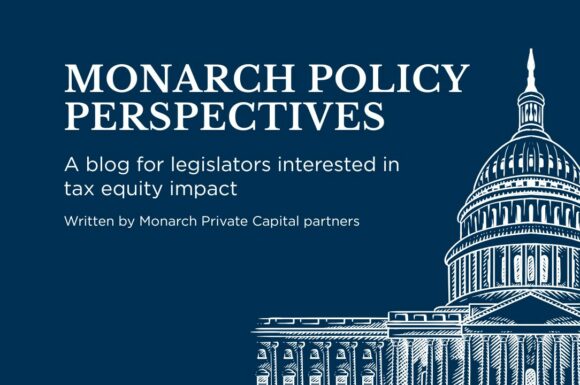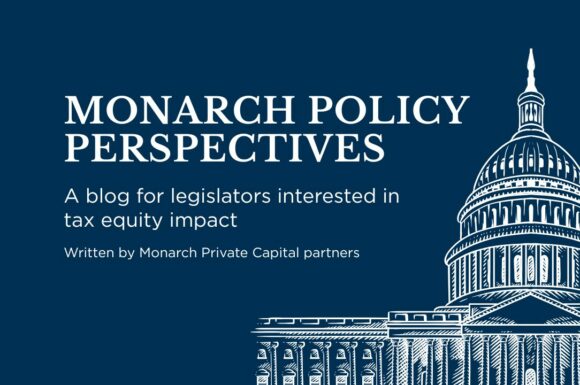A Strategic Imperative: Why Policymakers Must Secure America’s Solar Industry to Safeguard National Security
By George L. Strobel II
As the U.S. prepares for the energy challenges of the coming decade, federal leadership has a unique opportunity—and responsibility—to ensure national security through strategic investment in renewable energy. Chief among these is the solar energy sector, which stands not only as the cheapest and most immediate source of incremental energy but also as a pillar of economic resilience and geopolitical independence. For policy makers, supporting this sector is no longer optional—it is a national security imperative.
A. Projected Energy Demands Require Proactive Legislative Planning
The U.S. is expected to experience significant growth in energy demand of at least 25% through 2030, driven by the electrification of transportation, expanding industrial activity, and increasing reliance on data centers and AI infrastructure. Federal and state governments must anticipate this surge by enabling clean, scalable energy sources. Without legislative foresight, the U.S. risks rolling brownouts (such as those already being experienced in California) and continuing dependence on unreliable Chinese supply chains.
B. Solar Energy’s Central Role in U.S. Energy Strategy
Solar energy is uniquely positioned to support growing US energy demand. It is abundant, rapidly deployable, and the most cost-effective source of US energy. Texas has already replaced California as the largest installer of utility scale solar energy. Policy makers have already seen the benefits of solar deployment at the municipal and state levels in terms of Grid resiliency; now it’s time to scale those successes strategically in the US. With proper incentives and regulatory frameworks, solar can become a backbone of U.S. energy independence and international energy leadership. The Section 48 tax credit for solar energy is critical to maintaining growth in the solar industry sector and meeting the nations burgeoning energy needs.
C. Strategic Vulnerability: China’s Control Over the Solar Supply Chain
Currently, China controls more than 80% of the global solar panel supply chain—from rare earth mineral extraction to module assembly. This includes domination in polysilicon production, cell manufacturing, inverters, racking systems, and other critical inputs. The U.S.’s heavy reliance on this single nation represents a strategic vulnerability. In times of diplomatic tension or trade restrictions, the consequences could be severe—jeopardizing grid stability, economic growth, and other strategic objectives.
D. The Domestic Industry Is Nascent and Needs Federal Backing
American solar manufacturing is in its early stages, and without consistent federal support and robust domestic demand, it cannot scale fast enough to meet national energy and security needs. The absence of tax incentives for solar developers would cause demand for domestically produced panels to decline, imploding the fragile domestic sourced supply chain. This would forfeit years of progress and cede further ground to foreign competitors.
E. The 45X Advanced Manufacturing Tax Credit: A Cornerstone of Industrial Strategy
The Section 45X tax credit is critical to the viability of U.S.-based solar manufacturing. It provides direct, per-unit incentives for the production of solar cells, modules, wafers, and other components within American borders. These credits are not handouts—they are strategic investments that level the playing field against foreign subsidies and unfair labor practices and catalyze private-sector growth. Making the 45X credit permanent will send a clear signal to investors, manufacturers and the world that the U.S. is committed to building and sustaining its energy infrastructure at home and preserving high paying jobs.
Conclusion: The 2025 Tax Bill Must Codify a Long-Term Commitment to Solar Independence
As Congress debates the contents of the 2025 tax package, lawmakers must prioritize the continuation and permanence of solar industry and solar manufacturing tax incentives—most importantly, the Section 48 and 45X credits. This is not just about jobs or meeting energy demand. It is about securing America’s energy independence, reducing vulnerability to geopolitical adversaries, and ensuring a resilient infrastructure for the decades to come.
Permanent legislative support for the solar industry is a strategic move that will pay dividends in terms of national security, economic growth, and technological leadership. Policy makers have the opportunity to make history by building the energy foundation for a stronger, safer America.
Related Posts

HR 1 Undermines U.S. National Security and Traditional Republican Energy Policy
May 27, 2025
By George L. Strobel II In an age defined by technological competition, particularly in artificial intelligence (AI), the United States cannot afford to neglect the foundational pillars of national power: […]

TIME: The Clean Energy Tax Debate Will Shape America’s Economic Future
May 16, 2025
by Justin Worland As Republicans look to broker a sweeping budget deal, top GOP leadership in the House of Representatives unveiled a series of cuts this week to the provisions […]

Misinformation Rampant About Cause of Spanish GRID Blackout: Cause is Now Known
May 26, 2025
By George L. Strobel II In the wake of last month’s massive blackout that disrupted power across Spain, Portugal, and parts of southern France for more than twelve hours, speculation […]